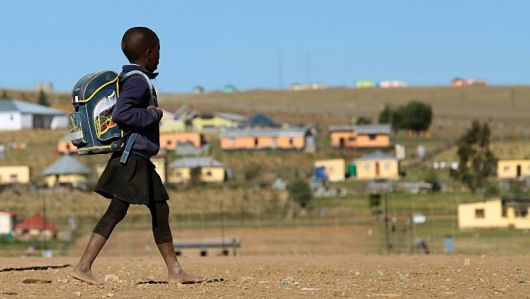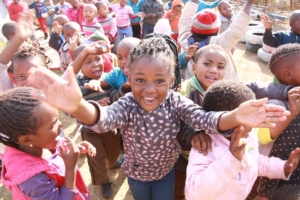 Save the Children is a humanitarian organization working around the world to help children living in poverty. One of its outlets in Africa, Save the Children South Africa, specifically aims to accomplish three goals in the country by 2030: end any preventable deaths of children under 5 years old, ensure access to quality education and stop all violence against children. While the nonprofit organization’s tireless work is extensive, here are four main ways it is working toward achieving its goals.
Save the Children is a humanitarian organization working around the world to help children living in poverty. One of its outlets in Africa, Save the Children South Africa, specifically aims to accomplish three goals in the country by 2030: end any preventable deaths of children under 5 years old, ensure access to quality education and stop all violence against children. While the nonprofit organization’s tireless work is extensive, here are four main ways it is working toward achieving its goals.
- Bridging the Gap: Save the Children South Africa is pursuing Goal 4 of the United Nations’ Sustainable Development Goals, which aims to “ensure inclusive and equitable quality education and promote lifelong learning opportunities for all.” To achieve this, it is updating local curriculums with education on 21st-century skills. Recently, the organization partnered with Webhelp South Africa, Think Human Foundation and Share Think Human to create a three-year program at Zwelihle Secondary School in Umlazi. The program facilitates the acquisition of digital literacy skills and also provides networking opportunities along the way for successful employment upon graduation. Teachers also receive training to teach skills like digital literacy, CV writing and interviewing.
- Child Protection Program: Save the Children South Africa considers education on positive discipline techniques as a fundamental component of its mission. The organization’s Vikela Nwana program connected approximately 3,400 children and 13,500 parents and caregivers with anti-violence resources. The program offered workshops and webinars that focused on positive discipline, a model that encourages children to practice effective communication and patience rather than violence. More than 200 educators from 10 local schools received training from 12 partner organizations in 2021. These schools are now able to lead workshops in their communities, providing protection to children who need it.
- Health and Nutrition: In South Africa, acute malnutrition is responsible for a third of child in-hospital deaths. As part of its mission to end all preventable deaths of children younger than 5 years old, Save the Children South Africa frequently hosts events that focus on alleviating malnutrition and other health concerns. In 2020, the nonprofit organization hosted Child Health Awareness Day (CHAD) in the Free State village of Makwane. The organization has had a partnership with pharmaceutical company GSK in this region for years, providing service to the community. The event provided vaccinations, Vitamin A supplements and oral hygiene services to hundreds of children. Adults who attended had access to HIV testing and family planning consultations. Save the Children regularly hosts CHAD events, offering community members the opportunity to receive free life-saving services and education.
- Early Childhood Care and Development: In the KwaZulu-Natal province, Save the Children South Africa consistently collaborates with local Education, Health and Social Development departments. These partnerships direct funds and resources to over 100 Early Childhood Development (ECD) centers and schools. Aside from supporting the centers, educators, community leaders and parents also receive access to excellent childcare instruction. Children impacted by Save the Children’s work are guaranteed a safer environment from a young age.
Hope for South African Children
According to Statistics South Africa in 2020, an estimated 62.7% of South African children live in multidimensional poverty. Fortunately, Save the Children’s educational programs and resources in South Africa are providing children with the opportunity to regain their childhood by accessing education and experiencing safety.
– Rachel Smith
Photo: Pixabay
 Networks Unlimited Africa, an innovative IT company situated in Africa, made a generous donation to the Nokuphila School. The school is located in Tembisa, a region in South Africa, and it’s affiliated with the
Networks Unlimited Africa, an innovative IT company situated in Africa, made a generous donation to the Nokuphila School. The school is located in Tembisa, a region in South Africa, and it’s affiliated with the 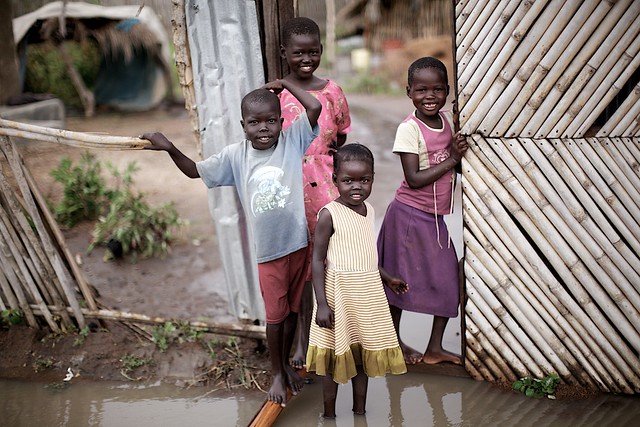 Education in South Africa received more attention after 1994. This is after the fall of the segregationist apartheid regime. The South African government promised to improve its national education system (which has historically been disorganized and unequal). The link between
Education in South Africa received more attention after 1994. This is after the fall of the segregationist apartheid regime. The South African government promised to improve its national education system (which has historically been disorganized and unequal). The link between 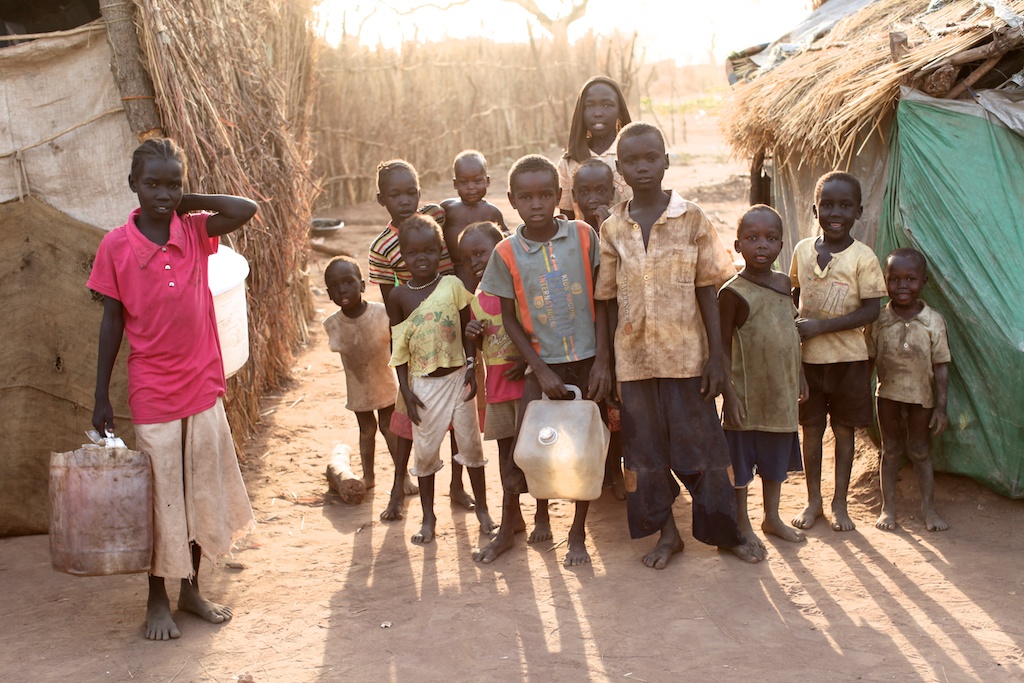 Food insecurity plagues approximately 14 million South Africans. Poverty and unemployment are the two leading contributors of hunger in South Africa, caused in part by the 2008 global economic crisis, which limited job creation opportunities and the purchasing power of South African households. The nation’s economy has also been stagnant, at a growth rate of 3.3 percent since 2011 and shows little signs of improvement. In 2006,
Food insecurity plagues approximately 14 million South Africans. Poverty and unemployment are the two leading contributors of hunger in South Africa, caused in part by the 2008 global economic crisis, which limited job creation opportunities and the purchasing power of South African households. The nation’s economy has also been stagnant, at a growth rate of 3.3 percent since 2011 and shows little signs of improvement. In 2006, 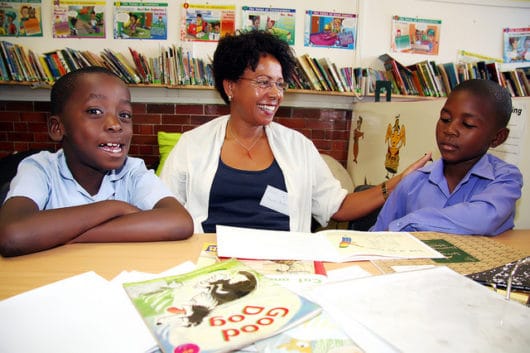
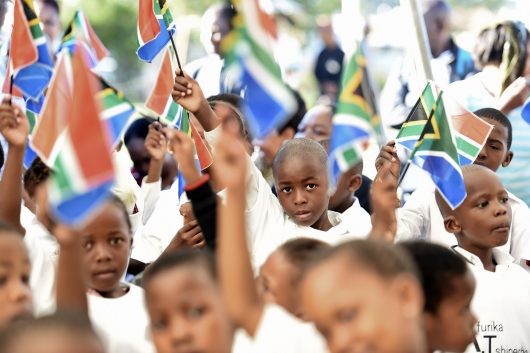
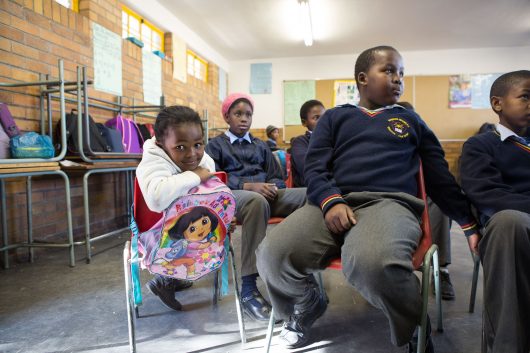 South African universities have
South African universities have 